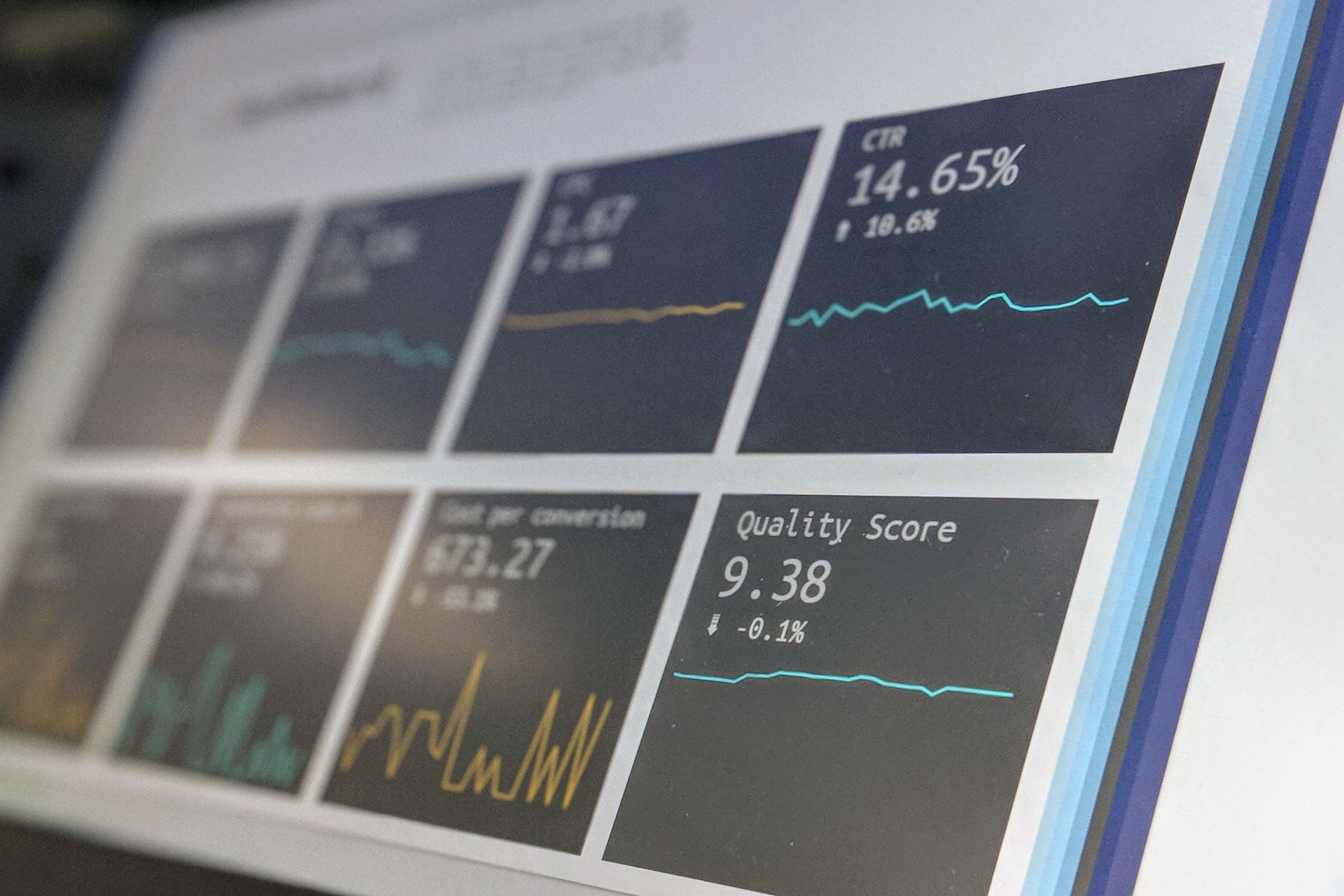
Cybersecurity for Businesses: Best Practices to Follow
February 17, 2023 - Emily Newton
Revolutionized is reader-supported. When you buy through links on our site, we may earn an affiliate commision. Learn more here.
Cybersecurity for businesses is often a factor that gets overlooked. But that can be a grave mistake made by company owners and managers. A single cyberattack can cost millions of dollars, result in the loss of confidential and proprietary information and cause customers to realize they no longer trust the affected company.
However, following some best practices can reduce the chances of cyberattacks occurring. It may also mean that the effects of any successful incident are less than they’d be if the organization did not have preventive measures in place. Here are some things business representatives should strongly consider doing.
Make Sure Essential Files Get Backed Up
It’s increasingly common for cyberattackers to restrict access to vital data. Sometimes, they’ll infiltrate organizations, steal data, then threaten to leak the information unless the affected parties pay them money. In other cases, the attackers keep the data locked until they receive the desired payments.
However, paying the amounts in these ransomware attacks doesn’t guarantee a prompt resolution. Sometimes, people at affected organizations pay the money and find they still can’t access any or all of their data.
Cybercriminals prey on desperation with these attacks. They hope victims will see no other option but to pay the ransom and hope for the best. However, these attacks have a much less negative impact when the targeted parties have their data backed up. In such cases, there are usually a few operational disruptions while starting to use the backups. But they’re nowhere near as extensive as they’d be if an organization didn’t have backups to use.
However, having a backup to use is only part of cybersecurity for businesses. A 2022 report shows that many organizations fall short in backup strategies. More specifically, only 35% of respondents felt confident their current backup and recovery solutions would perform as needed after an attack. Part of the reason for that response may be that less than half (47%) of those polled regularly test their backup options.
That’s problematic because the worst time to verify that a technology works as intended is in an urgent situation. Instead, the much better option is to test it well before a business will actually need to use it. Then, there’s time to address any problems before an emergency occurs.
Keep Employees Accountable for Cybersecurity for Businesses
Experts often say employees are the weak links in a company’s cybersecurity strategy. That’s because many of them don’t realize that seemingly small mistakes could have major ramifications for a company’s cybersecurity.
Consider how research indicates that remote working can make data loss more likely. Many employees work from home at least part of the time. But they may not be so careful about following cybersecurity protocols when at home versus in the office.
In other cases, employees are primarily trying to help colleagues, not making the connection between the assistance they offer and potential cybersecurity risks. That most often happens when team members share passwords. They might think that’s the best and fastest way to help someone else stay productive when their password doesn’t work. But, sharing passwords throughout an organization could mean that unauthorized parties get access to files and company portals.
A large part of good cybersecurity for businesses involves showing employees how they play a role in preventing cyberattacks. One starting point might involve showing them how small behaviors, such as setting strong passwords and keeping them private, go a long way in keeping the whole business safer.
Another thing to do is listen to employee feedback about which tools they need to do their jobs well. Otherwise, those workers may be more likely to use so-called shadow IT products. Those are options not approved, or sometimes even known about, by a company’s IT department. When business leaders don’t know what their employees use to do their jobs, it becomes more likely that some of those products pose cybersecurity threats.
Take a Top-Down Approach to Cybersecurity
There’s a common problem whereby the people within a business who are most concerned about cybersecurity are not those with the resources to improve it. The best scenario happens when the people with the most power and influence within an organization are well-aware of cybersecurity threats and ready to invest in solutions to mitigate them.
An October 2022 report showed some progress regarding the feelings present in board members and chief information security officers (CISOs) at organizations. Firstly, 77% of board members view cybersecurity as a top priority, and 76% discuss it at least monthly. Those findings are promising because they indicate board members treat the matter as deserving of their attention.
However, an interesting finding was that 65% of board members believe their organizations are at risk of cyberattacks within the next year. However, only 48% of CISOs felt that way. That said, board members and CISOs had similar beliefs about the top threats faced by their organizations.
The results showed 41% of people from both groups chose email fraud/business email compromise as their chief worry. Then, 37% of overall respondents felt cloud account takeovers were the biggest potential issue.
It’s a good sign that the CISOs and board members are on the same page about the threats. It wasn’t long ago that board members stayed virtually in the dark about cybersecurity for businesses. That’s starting to change. When the people with the most authority in an organization take cybersecurity seriously, it’s more likely that everyone at all levels of the business will too.
Treat Cybersecurity for Businesses as an Evolving Concern
Besides following these best practices, the people tasked with keeping cybersecurity tight across the business must realize that threats will change. Cybercriminals regularly devise new and more devastating attacks, keeping internet security professionals on their toes.
Criminals that operate online also learn the common weaknesses in businesses, choosing to use those as entry points when possible. That means it’s necessary to find and fix those issues to cut the risks of future attacks.
Cybersecurity in business is not something people can focus on for a month or two before moving on to other concerns. It will remain an ever-present concern for any company that has interactions online, no matter how small. Fortunately, these best practices can help cut the risks and improve overall preparedness.
Paying more attention to cybersecurity can also show business representatives what a company does well and where room for improvement exists. It’s then easier to create detailed plans for targeting those weaknesses and celebrating internet security-related successes.
Revolutionized is reader-supported. When you buy through links on our site, we may earn an affiliate commision. Learn more here.
Author
Emily Newton
Emily Newton is a technology and industrial journalist and the Editor in Chief of Revolutionized. She manages the sites publishing schedule, SEO optimization and content strategy. Emily enjoys writing and researching articles about how technology is changing every industry. When she isn't working, Emily enjoys playing video games or curling up with a good book.




